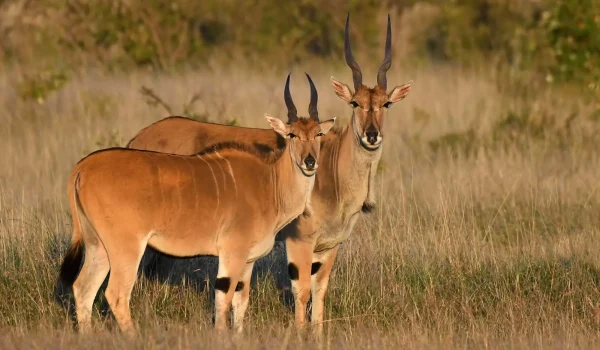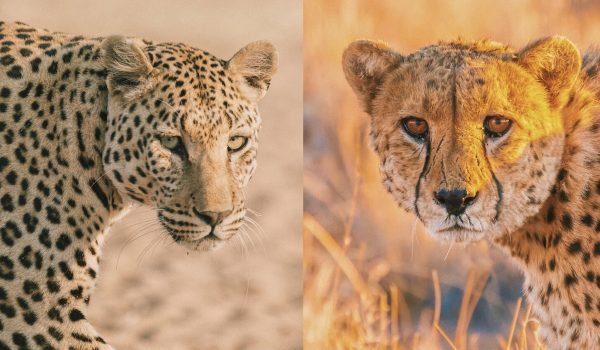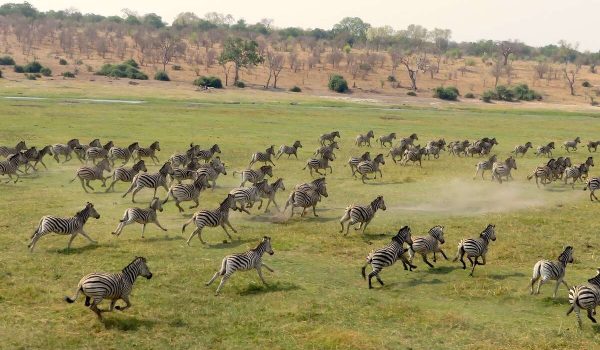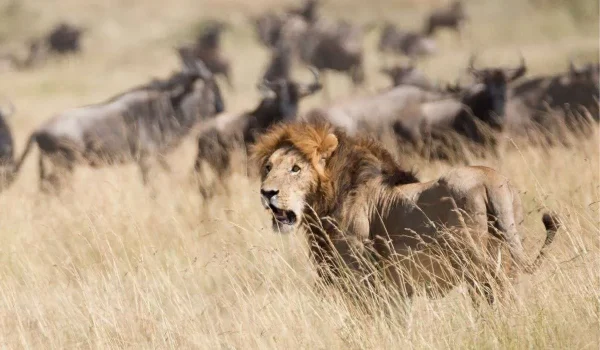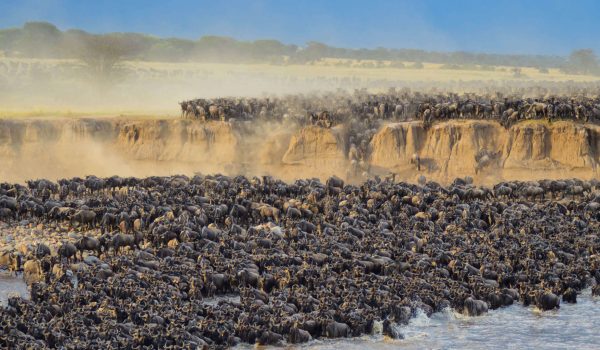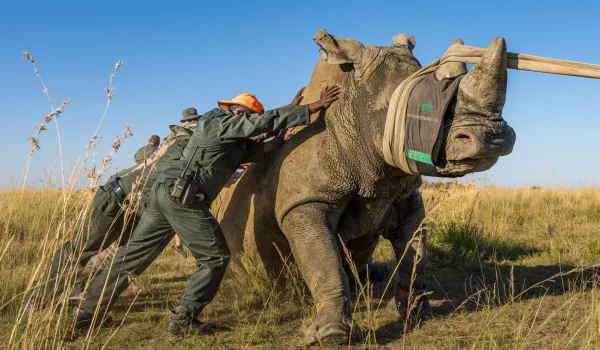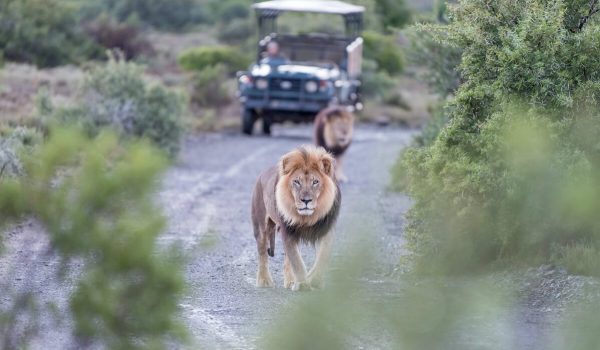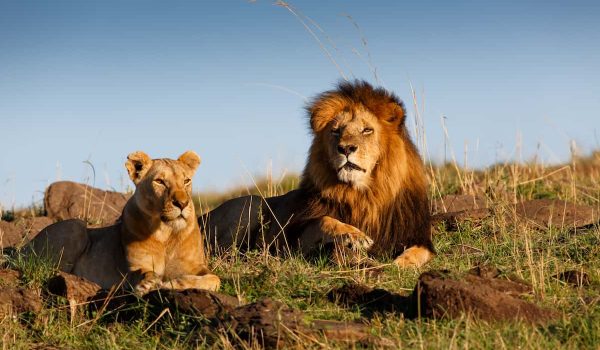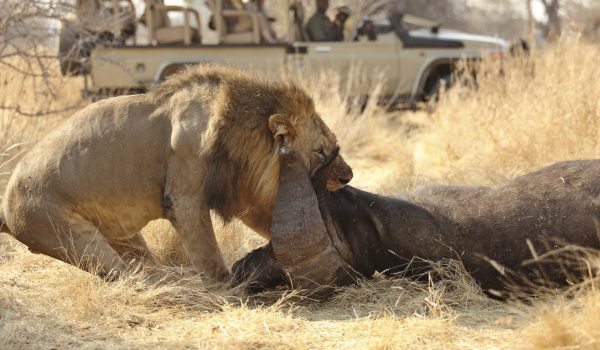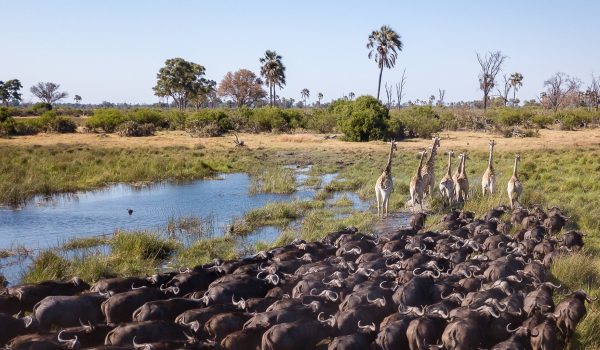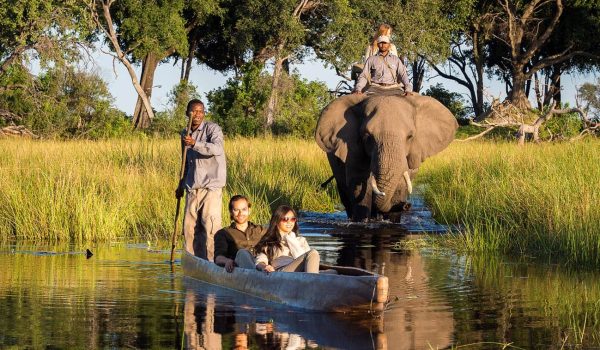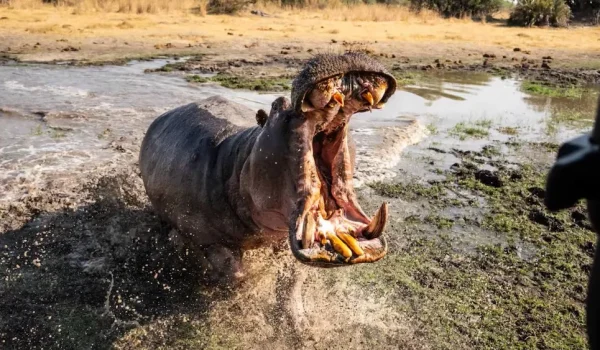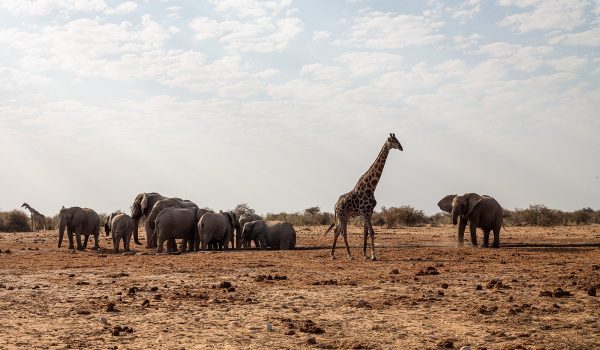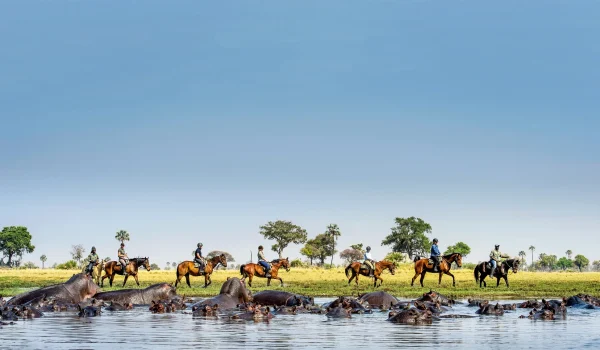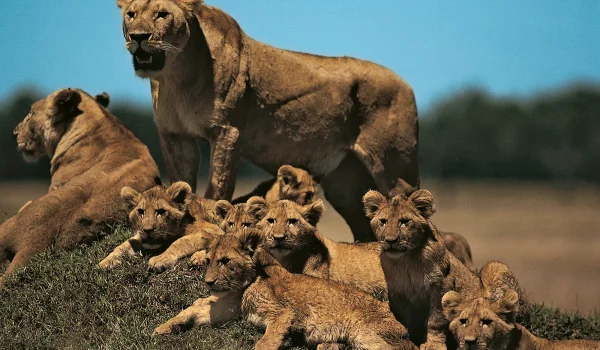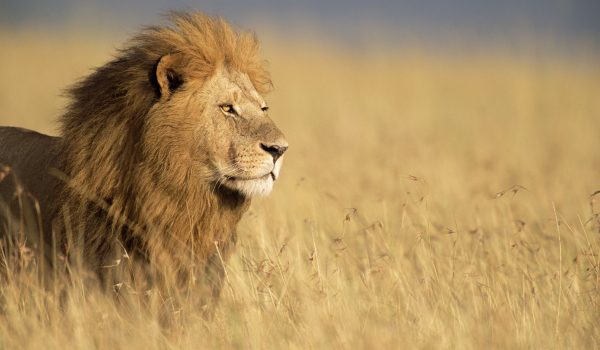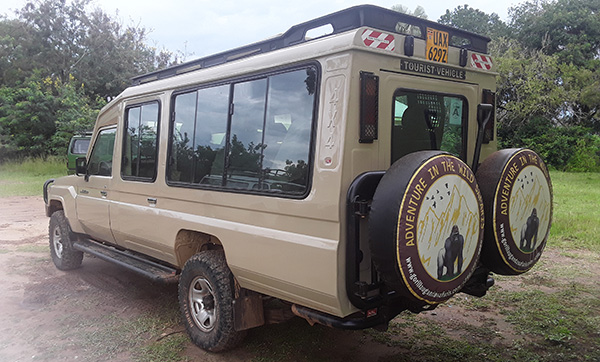Botswana Travel Blog
Botswana is a location where nature’s grandeur manifests in a harmonious blend of water and wildlife. We encourage you to discover the unspoiled wildness of one of Africa’s most renowned environments, where the winding waterways and verdant floodplains form a sanctuary for both adventure and opulent safaris. Whether you aspire to experience traditional mokoro rides or intimate interactions with elusive predators, our handpicked narratives and insights provide comprehensive information on Botswana and the Okavango Delta.
Discovering Botswana
The geography of Botswana
Botswana is a captivating landlocked country situated in Southern Africa. Spanning around 581,730 km² (361,470 mi²), it ranks as the 48th largest country globally. The nation is nestled between South Africa to the south and southeast, Namibia to the west and north, Zimbabwe to the northeast, and Zambia to the north. The country’s terrain is predominantly level, featuring expansive stretches of grassy plains and savannah that beckon exploration.
The Kalahari Desert stands out as a significant aspect of Botswana’s landscape. Spanning roughly 70% of the nation’s landscape, it stands as one of the most expansive uninterrupted sand formations globally. The Kalahari is an intriguing landscape, as it experiences more rainfall than what one might expect from a typical desert. Nonetheless, the rainfall varies significantly across the year, leading to extended stretches of dry spells. The desert teems with life, showcasing a variety of animals like meerkats, antelopes, and lions, alongside vibrant indigenous tribes that call this vast landscape home.
The Okavango Delta stands out as a remarkable geographic feature of Botswana. It is an expansive inland delta that spans more than 15,000 Km² (9320 mi²) and is situated in the northwestern region of the country. The delta emerges from the Okavango River, which journeys from Angola, unfurling its waters before ultimately disappearing into the vastness of the Kalahari Desert. The delta is an extraordinary ecosystem teeming with a diverse range of wildlife, featuring elephants, hippos, crocodiles, and numerous bird species. This UNESCO World Heritage Site draws in safari enthusiasts from across the globe, eager to immerse themselves in the breathtaking wilderness and its rich array of wildlife.
Botswana boasts a variety of remarkable landforms, such as the Makgadikgadi Pans, which are salt flats that were once part of a sprawling lake. The Chobe River winds its way through the northern region of the country, creating a natural boundary with Namibia. The country boasts numerous hills and rugged formations, including the Tsodilo Hills, a UNESCO World Heritage Site that houses some of the most significant rock art in southern Africa.
Botswana’s geography is a captivating tapestry, featuring a blend of flat grassy plains, a desert, a delta, and other remarkable landforms. The expansive and diverse terrain is inhabited by an array of wildlife and fosters a thriving tourism sector. It stands out as an incredible destination for thrilling water-based safaris.
The history and economy of Botswana
Botswana boasts a fascinating and intricate history that has greatly influenced its present-day economy.
The earliest human settlements in Botswana trace back to the Stone Age, with the region being home to various indigenous tribes throughout the centuries. In the 19th century, the British arrived and took control of the territory, establishing a protectorate in 1885. In the years that followed, Botswana joined the British Empire and was referred to as the Bechuanaland Protectorate. Even so, the age-old tribal frameworks persisted, with the local chiefs continuing to hold the reins of leadership in the country.
In the 1960s, Botswana embarked on an exciting journey towards independence, culminating in 1966 when it proudly emerged as the Republic of Botswana. Sir Seretse Khama, the inaugural president of Botswana, was instrumental in shaping the nation’s democratic framework and fostering its economic growth. Under his leadership, Botswana embarked on an exciting journey of economic diversification, emphasizing the growth of mining, agriculture, and tourism. This approach has shown great success, and Botswana has emerged as one of the most prosperous nations in Africa.
Today, Botswana’s economy thrives on the vibrant mining industry. The nation stands as the globe’s foremost producer of diamonds, contributing to approximately two-thirds of Botswana’s export revenues. Additional exports feature copper, nickel, soda ash, coal, beef, and textiles. Alongside its mining sector, Botswana has cultivated a vibrant tourism scene, drawing adventurers from across the globe to explore its stunning national parks and game reserves. The production of beef and other livestock plays a significant role in the economy.
Even with its achievements, Botswana encounters considerable obstacles, such as a high prevalence of HIV/AIDS, income disparity, and environmental decline. The government has rolled out exciting new policies to tackle these challenges, featuring complimentary HIV testing and treatment, along with initiatives that encourage sustainable agriculture and conservation efforts.
Botswana often stands out as one of the most secure places to explore in Africa. With its robust economy and steady political landscape, Botswana is set to flourish in the future.
10 Exciting Insights About Botswana
Botswana stands out as the leading producer of diamonds globally, renowned for its exceptional value.
The Okavango Delta in Botswana is the largest inland delta on the planet, teeming with a rich variety of wildlife.
Botswana is home to an incredible number of African elephants, boasting the second-largest population in the world.
Botswana is home to the “talking drum,” an incredible instrument that communicates messages over vast distances.
The zebra proudly represents Botswana as its national animal.
The currency of Botswana, known as the pula, derives its name from the Setswana term for “rain.”
Botswana boasts some of the planet’s most ancient baobab trees, with a history stretching back over 1,500 years.
Botswana stands out as a remarkable country in Africa, boasting a stable democracy and a history free from civil wars or coups.
Botswana faces a significant challenge with HIV/AIDS, as around one in four adults are affected by the virus.
Botswana stands out as the leading exporter of beef on a per capita basis across the globe.




